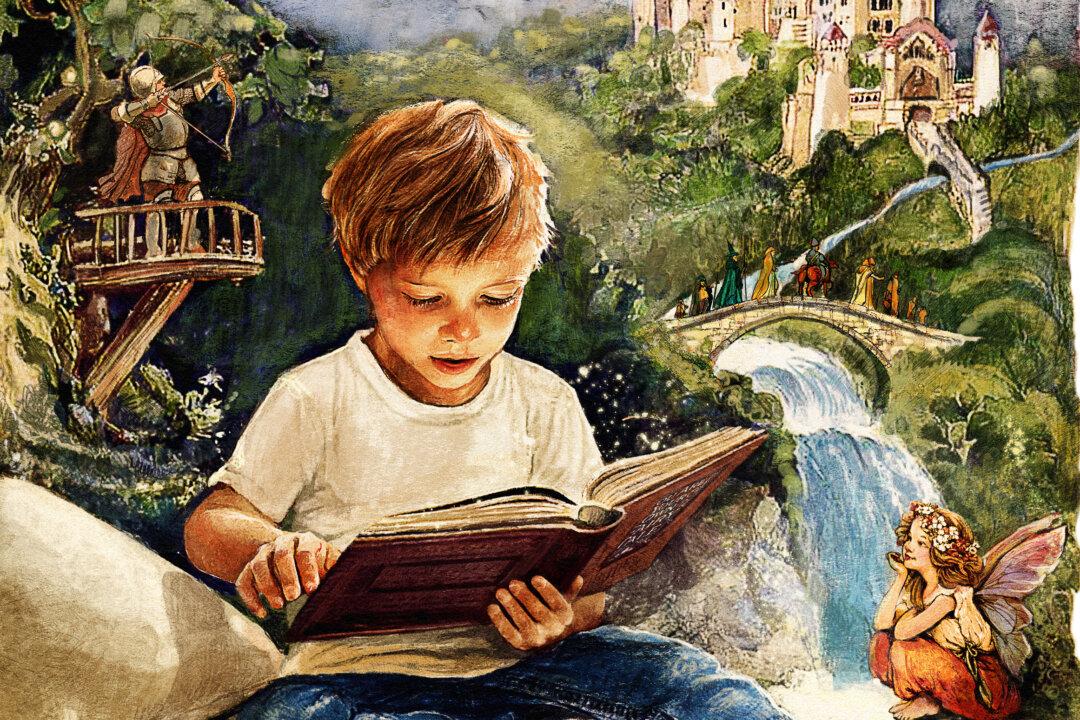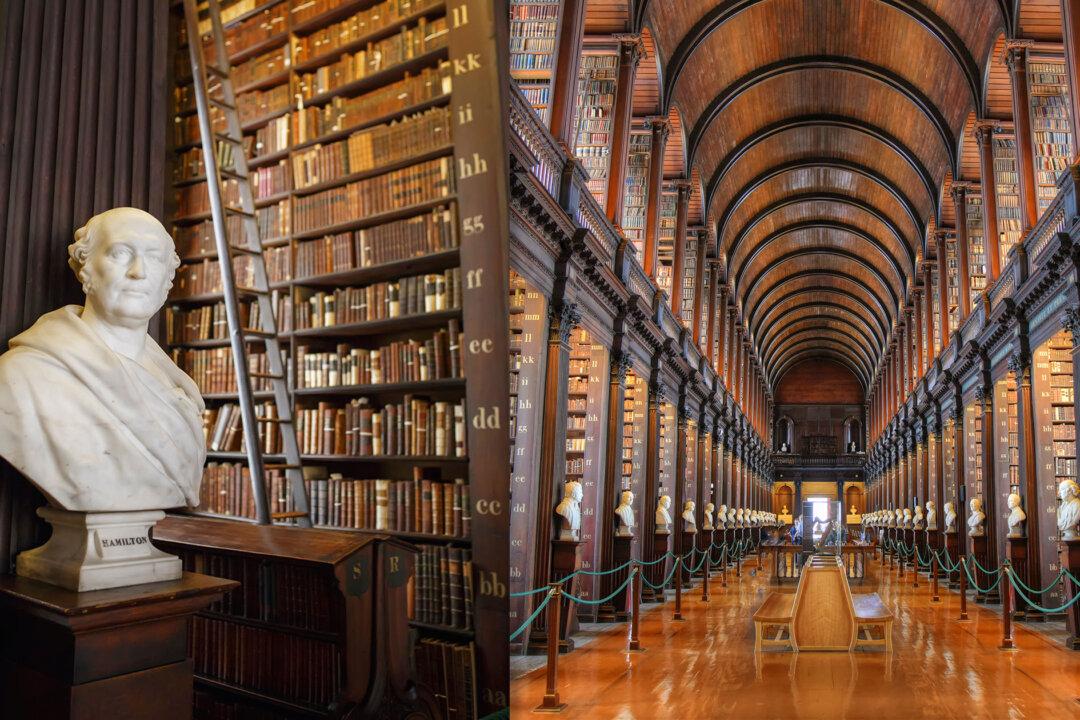The Irish-American captain looked down from his substantial height of 6 feet 4 inches on the surrendering British commander. The captain’s burly, blood-soaked shoulders framed his frowning brows and piercing hazel eyes. This man—who had captured numerous British vessels, single-handedly put down three mutinies, and refused to surrender his ship even when he was wounded and his ship damaged—this man, despite his ferociousness in war, was still a gentleman. As the British captain bowed and offered his sword as part of the ceremony of surrender, Capt. John Barry took the sword, flashing in the dim cabin, then paused and said, “I return it to you, Sir. You have merited it, and your King ought to give you a better ship. Here is my cabin, at your service. Use it as your own.”
This magnanimous gesture expresses something of the greatness of the man: Lion-hearted in battle, with a sparkling sense of humor and a flaring Irish temper, Barry also had a compassionate side and religious devotion, as evidenced by his practice of faith and his involvement with the Charitable Captains of Ships Club for the relief of widows and orphans of sailors. Whatever he did, he did boldly and determinedly.






